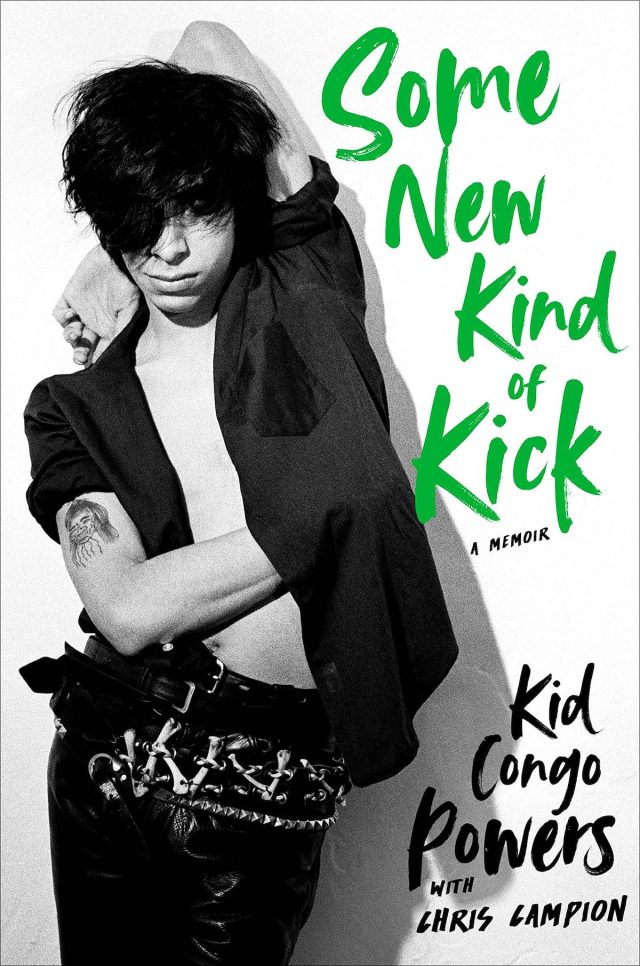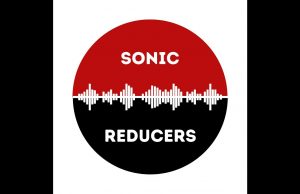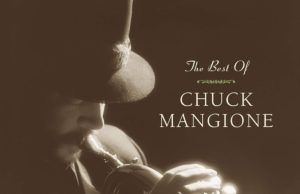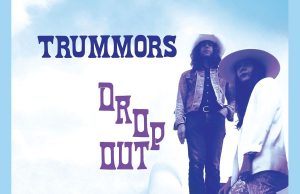Kid Congo Powers, The Standells, Duane Allman and Paul Weller would make one helluvan interesting supergroup, doncha think? Too bad we’ll never hear them. But you can read about all of them next week — I’m halfway through Kid Congo’s memoir, and so far, so good — or take deep dives into The Who’s live legacy, Philadelphia jazz, Atlanta rap, global dance clubs and more. To the bookshelves!
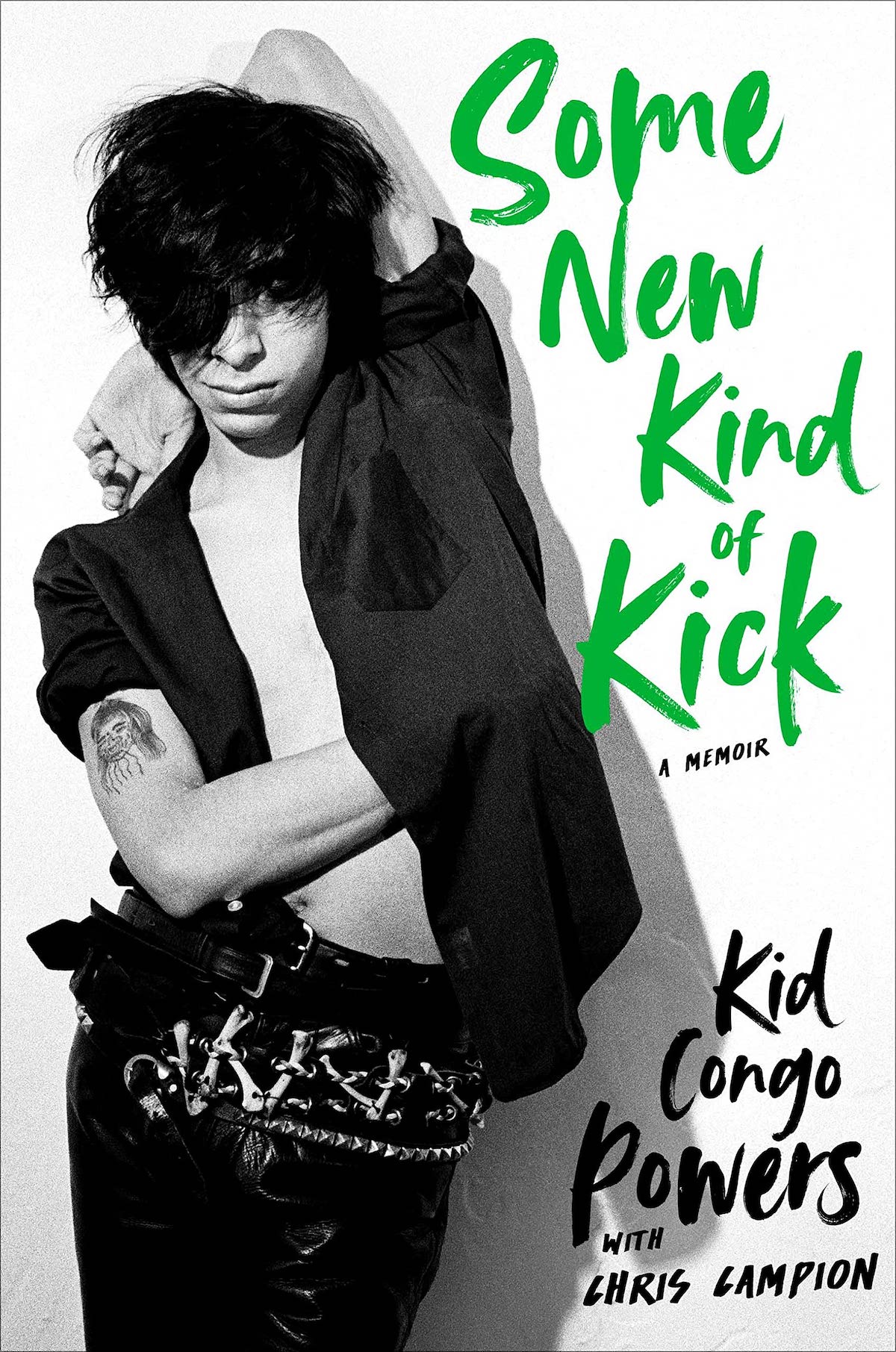 Some New Kind of Kick: A Memoir
Some New Kind of Kick: A Memoir
By Kid Congo Powers & Chris Campion
THE EDITED PRESS RELEASE: “Kid Congo Powers has been described as a “legendary guitarist and paragon of cool” with “the greatest resume ever of anyone in rock music.” That unique imprint on rock history stems from being a member of not one but three beloved, groundbreaking, and influential groups — Nick Cave and the Bad Seeds, The Cramps, and last but not least, The Gun Club, the wildly inventive punk-blues band he co-founded. Some New Kind of Kick begins as an intimate coming of age tale, of a young, queer, Chicano kid, growing up in a suburb east of East L.A. in the mid-’70s, exploring his sexual identity through glam rock. When a devastating personal tragedy crushes his teenage dreams, he finds solace and community through fandom, as founder (‘The Prez’) of The Ramones’ West Coast fan club, and immerses himself in the delinquent chaos of the early L.A. punk scene. A chance encounter with another superfan in the line outside the Whiskey-A-Go-Go to get into a Pere Ubu concert changes the course of his life entirely. Jeffrey Lee Pierce, a misfit Chicano punk who runs the Blondie fan club, proposes they form a band. The Gun Club is born. So begins an unlikely transition from adoring fan to lauded performer. In Pierce, he finds brotherhood, a creative voice, and a common cause, but also a shared appetite for self-destruction that threatens to overwhelm them both. Quirky, droll and heartfelt, with a pitch-perfect evocation of time and place, and a wealth of richly drawn supporting characters, Some New Kind of Kick is a memoir of personal transformation, addiction and recovery, friendship and belonging, set against the relentless creativity and excess of the ’70s and ’80s underground music scenes.”
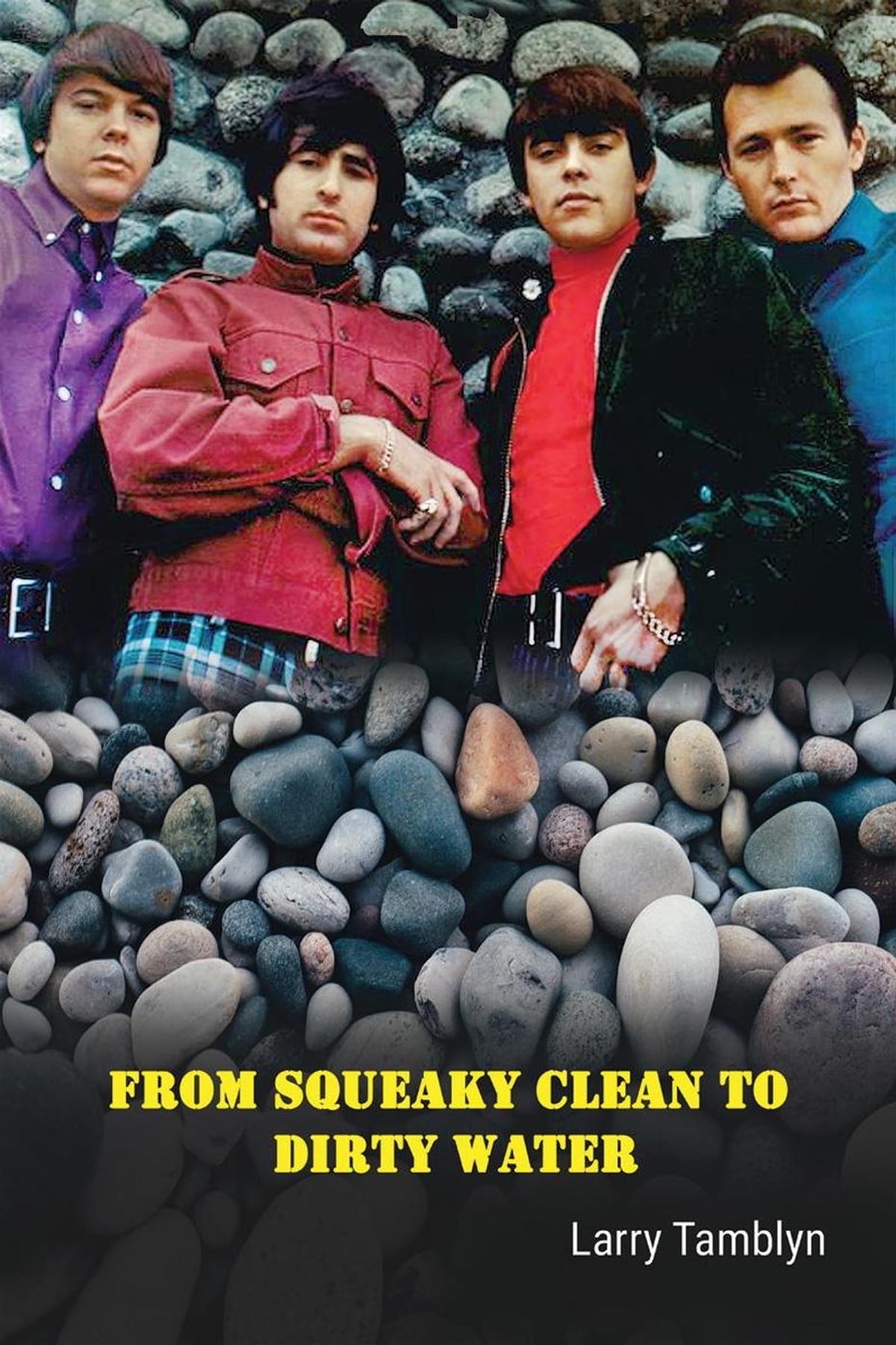 From Squeaky Clean to Dirty Water: My Life with the Sixties Garage Rock Trailblazers The Standells
From Squeaky Clean to Dirty Water: My Life with the Sixties Garage Rock Trailblazers The Standells
By Larry Tamblyn
THE EDITED PRESS RELEASE: “A wild ride with keyboardist, lead singer/writer and founding member of The Standells, Larry Tamblyn. A fly-on-the-wall view of the inner workings of this very successful, and influential rock group. Larry takes you back to the beginning, giving you an intimate look at his early life growing up in a show business family. He vividly recalls a tour with The Rolling Stones, discusses the ups and downs of the music business, and his acquaintance with a veritable who’s who of iconic figures. Larry Tamblyn and The Standells were one of the chief architects of this seminal form of rock ’n’ roll. Music played by garage bands is music in its purest. His use of humor, chaos and sadness brings to light an understanding of that era. Thankfully, Larry has kept The Standells’ name alive for rock ’n’ roll history. The reader will never be bored, as one takes in the whole arc of his amazing story.”
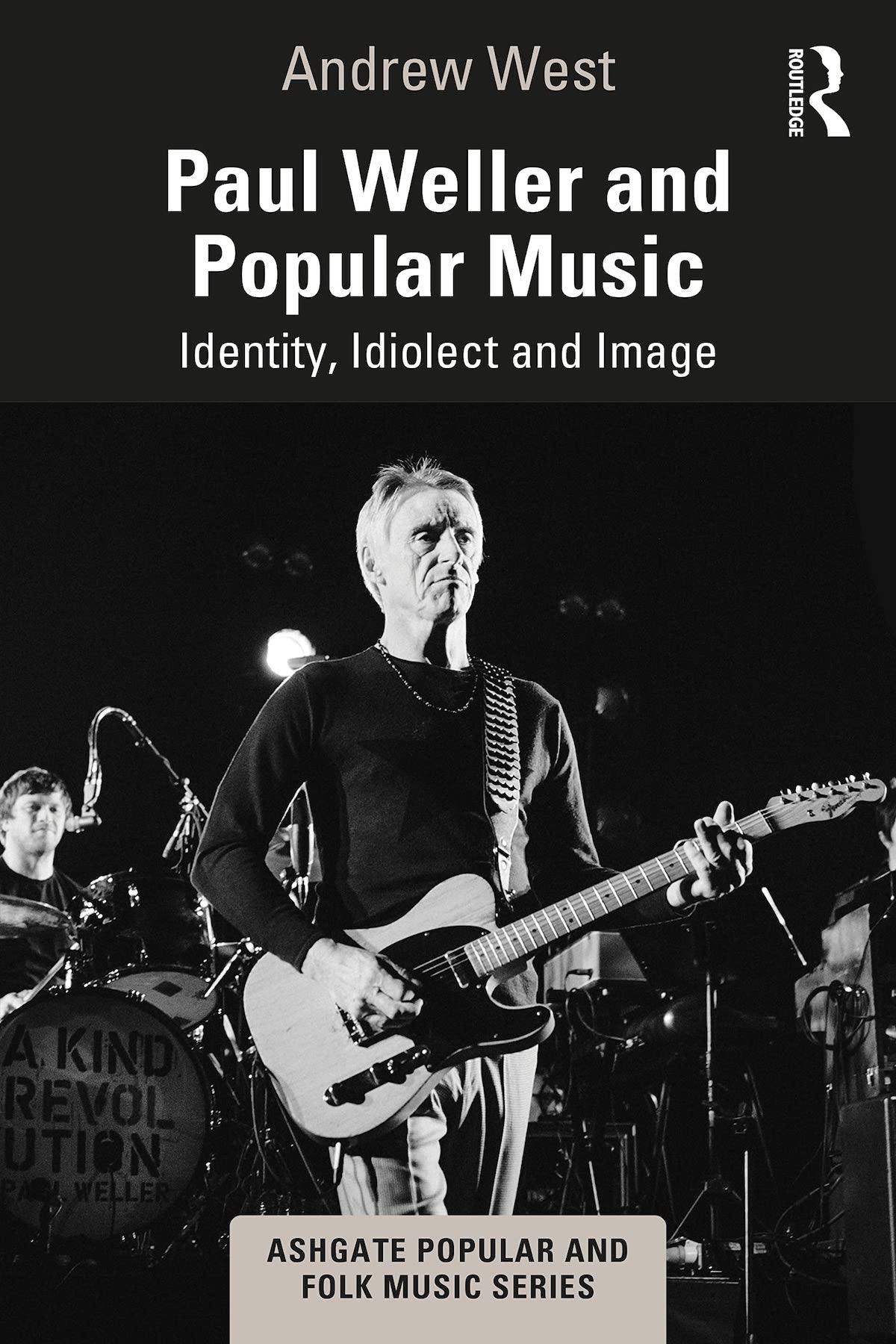 Paul Weller and Popular Music: Identity, Idiolect and Image
Paul Weller and Popular Music: Identity, Idiolect and Image
By Andrew West
THE EDITED PRESS RELEASE: “Using research, analysis and a range of historical sources, Paul Weller and Popular Music immerses the reader in the excitement of Paul Weller’s unique creative journey, covering topics such as the artist’s position within his field; his creative processes; the contexts in which the music was made; the artist as collaborator; signifiers that mark the trajectory of the music; and formative influences. Focusing on over 40 years of recorded work from In the City to Fat Pop (Volume One), this study explores why Weller’s music is widely considered both timeless and of its time, and with reference to a wide range of interviews, reviews and texts, it offers an in-depth critical analysis of Weller’s music. It will be of particular interest to scholars and researchers of popular music, popular culture, performance studies and music production.”
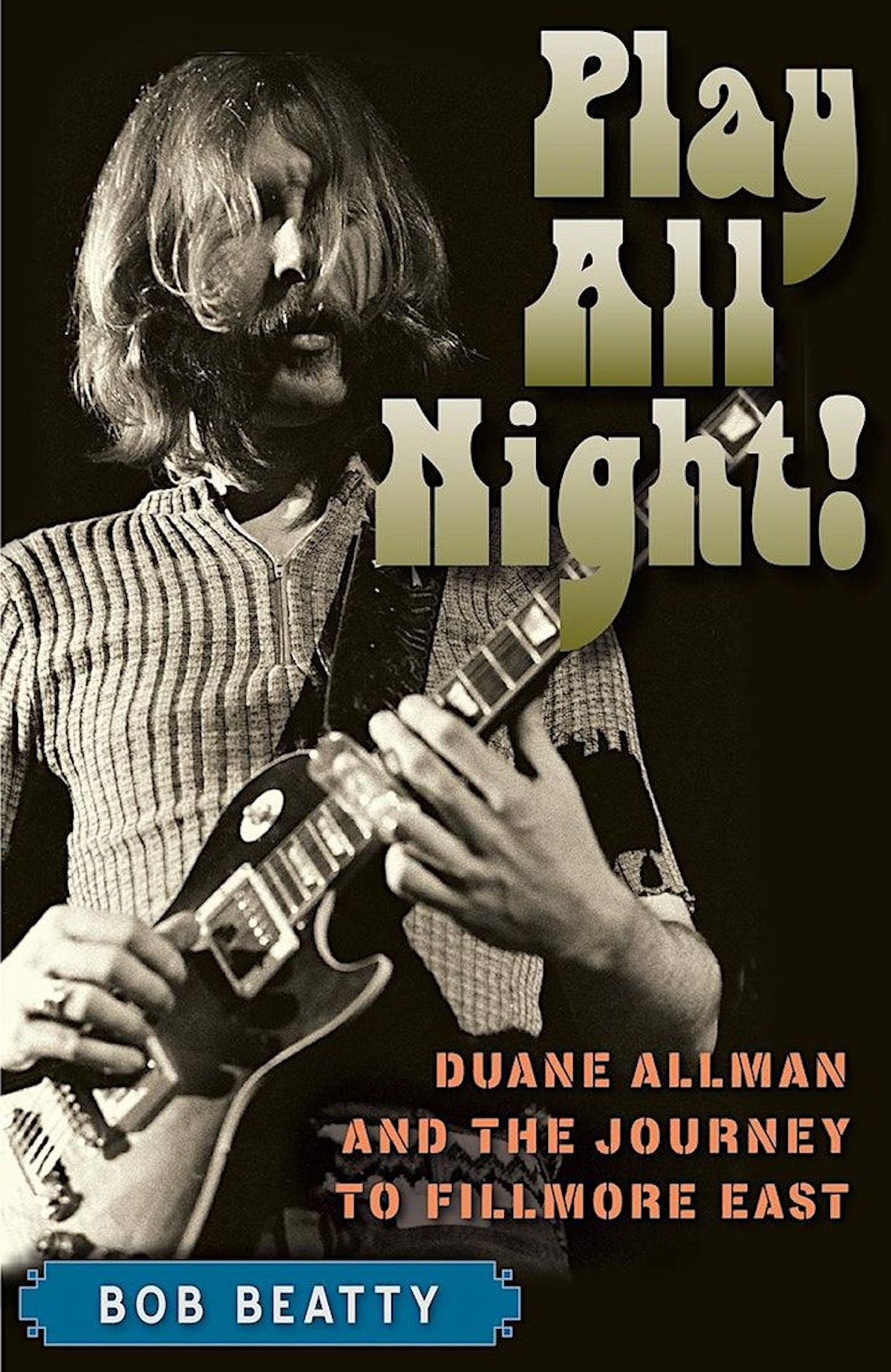 Play All Night!: Duane Allman & the Journey to Fillmore East
Play All Night!: Duane Allman & the Journey to Fillmore East
By Bob Beatty
THE EDITED PRESS RELEASE: “The 1971 Allman Brothers Band album At Fillmore East was a musical manifesto years in the making. In Play All Night!, Bob Beatty dives deep into the motivations and musical background of band founder Duane Allman to tell the story of what made this album not just a smash hit, but one of the most important live rock albums in history. Featuring insights from bootleg tapes, radio ads, early reviews, never-before-published photos, and the memories of band members, fans, and friends, Beatty chronicles how Allman rejected the traditional route of music business success — hit singles and record sales — and built a band that was at its best jamming live on stage, feeding off the crowd’s energy, and pushing each other to new heights of virtuosic improvisation. Every challenge, from recruiting a group of relatively unknown but established musicians like Jaimoe and Dickey Betts, touring the American South as an interracial band, and the failure of their first two studio albums, sharpened Allman’s determination to pursue the band’s truly unique sound. He made a bold choice — to record their next album live at Bill Graham’s famous concert hall in New York’s Lower East Side, a gamble that launched a new strand of American music to the top of the charts. Four days after the album went gold, Duane Allman was killed in a motorcycle accident. He was 24. This book explores how At Fillmore East cemented Allman’s legacy as a strong-willed, self-taught visionary, giving fans of Southern rock and all readers interested in the role of rock music in American popular culture a new appreciation for this pathbreaking album.”
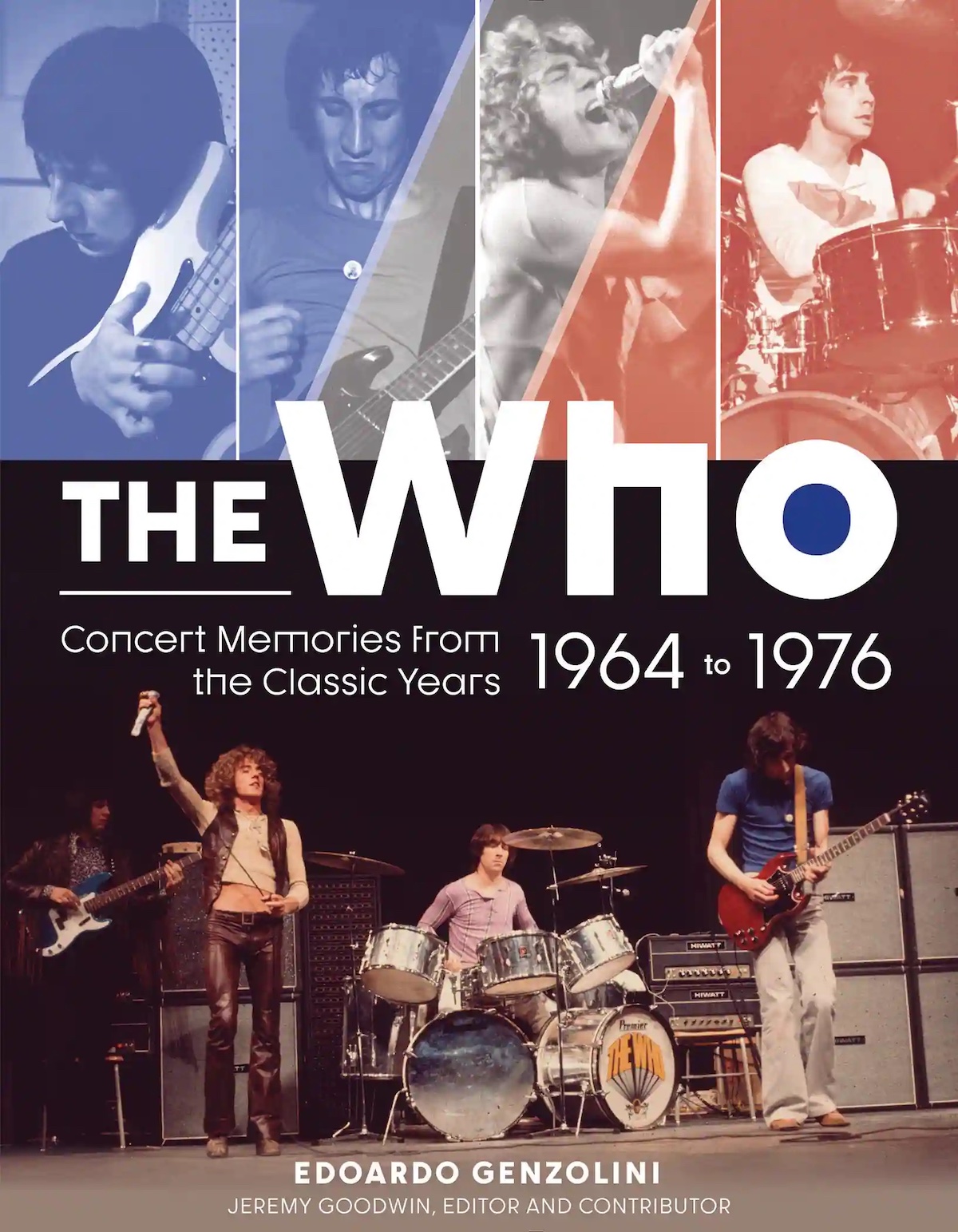 The Who: Concert Memories from the Classic Years, 1964 to 1976
The Who: Concert Memories from the Classic Years, 1964 to 1976
By Edoardo Genzolini
THE EDITED PRESS RELEASE: “Most know that the legendary English rock band The Who performed concerts at ear-splitting volume, smashed their instruments, and became one of the world’s most influential groups. Their period from 1964 to 1976 saw the creation of such classic songs as My Generation, Pinball Wizard and Won’t Get Fooled Again, as well as the Tommy, Who’s Next, and Quadrophenia albums. But how many know the stories of those fans affected by their music and live performances, or the angst and insecurities that drove bandleader Pete Townshend to new heights during this time? Who saw Townshend handing his guitar from the stage to a grateful fan, and what happened next? Or who has seen photos of bassist John Entwistle being anything but the “quiet one”? Or what happened backstage at Woodstock and the Monterey Pop Festival? This book offers what Townshend himself describes as an “intriguing and extremely insightful take on the Who and myself.” The reader will be thrown into untold stories, hundreds of previously unpublished photographs, and uncirculated recordings clarifying the misinformation, myths, and legends. It’s a labor of love from a fan for fans that gives voice to a collective consciousness that might otherwise fall silent over time.”
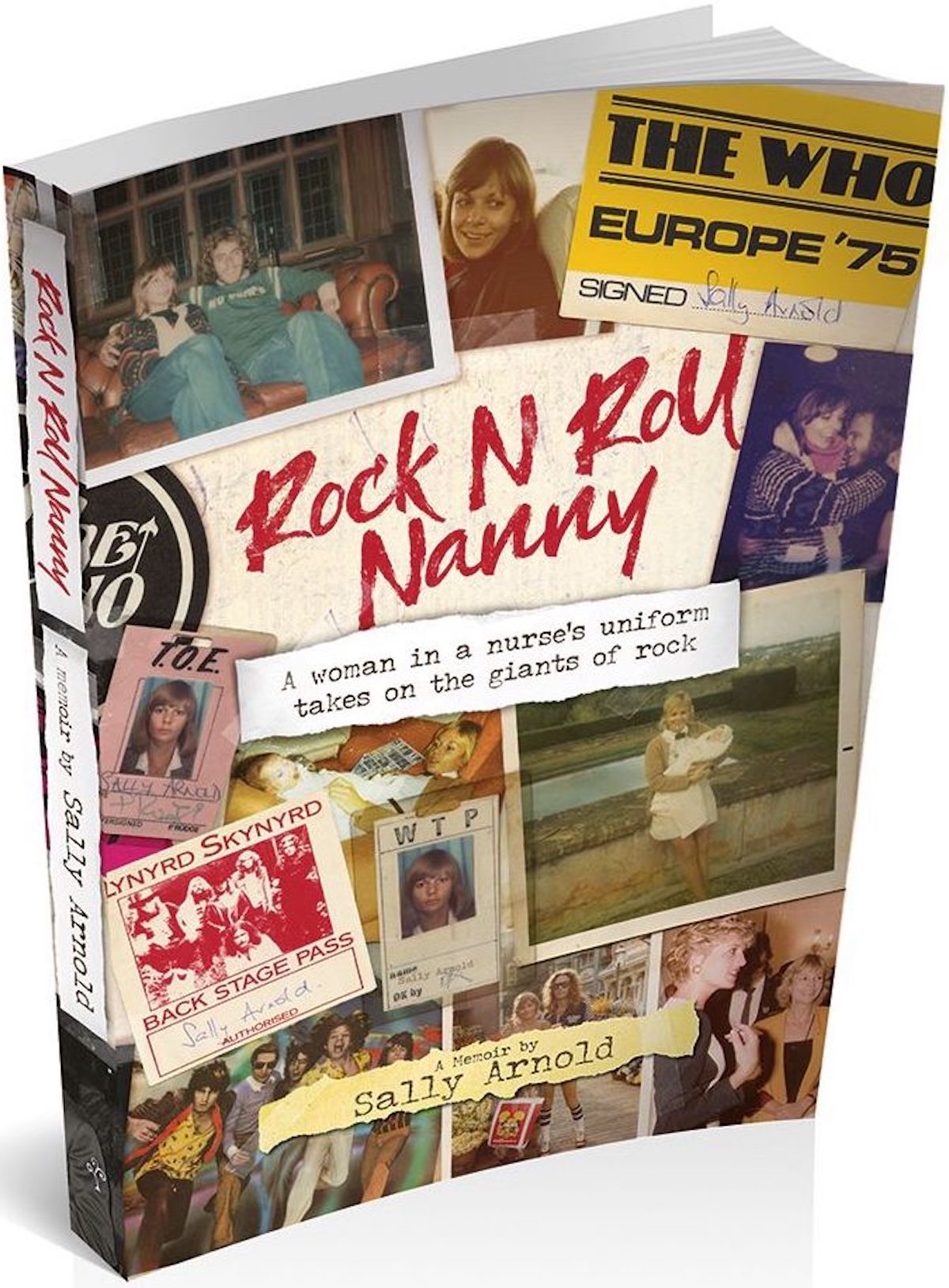 Rock n Roll Nanny
Rock n Roll Nanny
By Sally Arnold
THE EDITED PRESS RELEASE: “In 1971, Sally Arnold takes a nannying job in Paris that will transform her life. Her charge is Mick Jagger’s daughter Jade and she is soon running more her bath — she is working for the giants of rock as the first female tour manager in the business. What’s it like to prepare Christmas lunch with Jagger? To go clubbing at Tramp with The Who’s crazy drummer Keith Moon? To deal with the WAGs in a band’s entourage? When Sally moves on to organising charity events, she has to manage other larger-than-life personalities such as Billy Connolly and Rowan Atkinson. Sally also handles famous names, from Princess Diana and the Duke of Edinburgh to Mikhail Gorbachev and poet laureate Ted Hughes.”
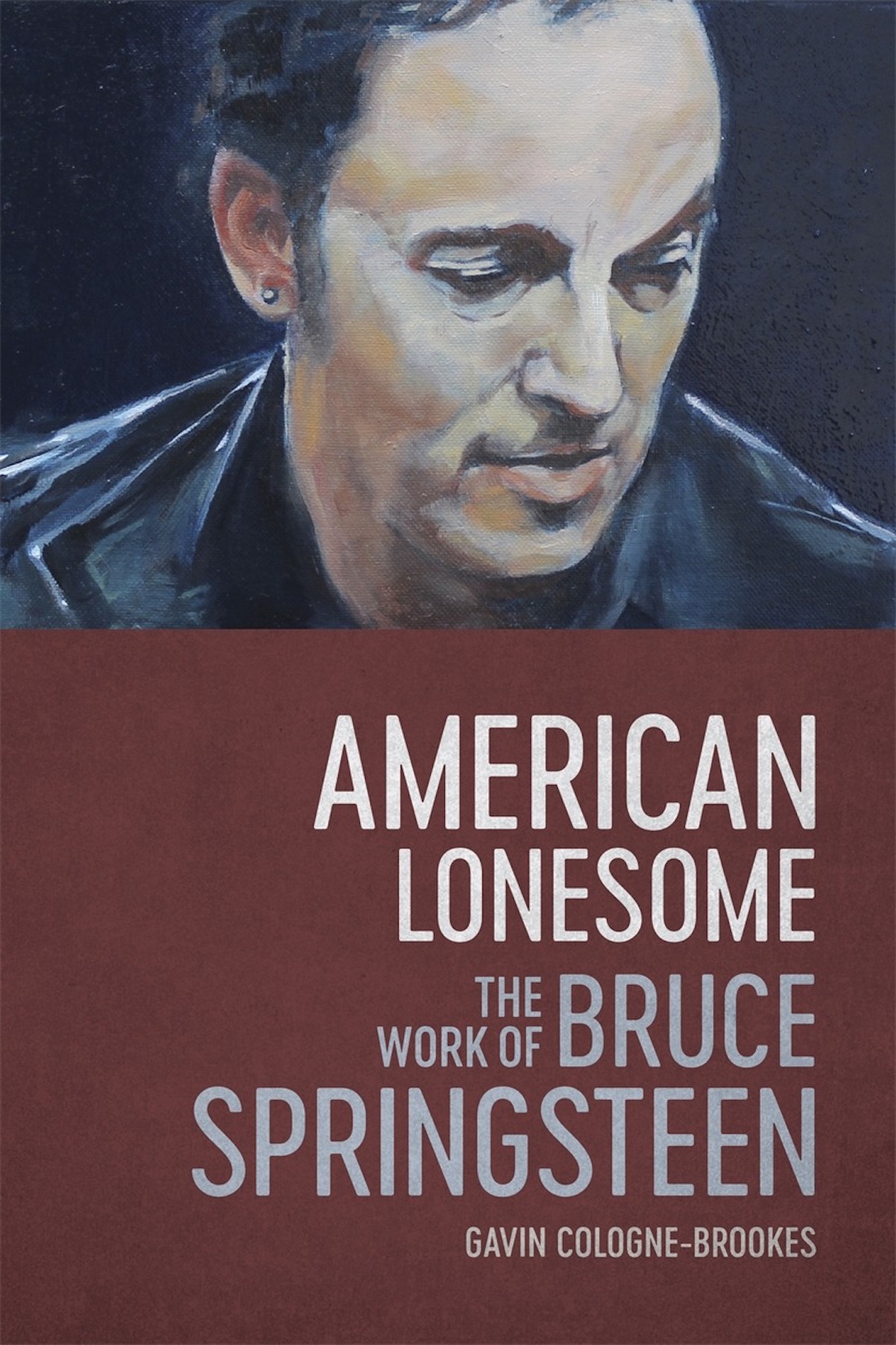 American Lonesome: The Work of Bruce Springsteen
American Lonesome: The Work of Bruce Springsteen
By Gavin Cologne-Brookes
THE EDITED PRESS RELEASE: “American Lonesome: The Work of Bruce Springsteen begins with a visit to the Jersey Shore and ends with a meditation on the international legacy of Springsteen’s writing, music, and performances. Gavin Cologne-Brookes’ innovative study of this popular musician and his position in American culture blends scholarship with personal reflection, providing both an academic examination of Springsteen’s work and a moving account of how it offers a way out of emotional solitude and the potential lonesomeness of modern life. Cologne-Brookes examines Springsteen’s formative environment and outsider psychology, arguing that the artist’s confessed tendency toward a self-reliant isolation creates a tension in his work between lonesomeness and community. He considers Springsteen’s portrayals of solitude in relation to classic and contemporary American writers, from Frederick Douglass, Nathaniel Hawthorne and Emily Dickinson to Richard Wright, Flannery O’Connor and Joyce Carol Oates. Blending research, cultural knowledge, and creative thinking, American Lonesome dissolves any imagined barriers between the study of a songwriter, literary criticism, and personal testimony.”
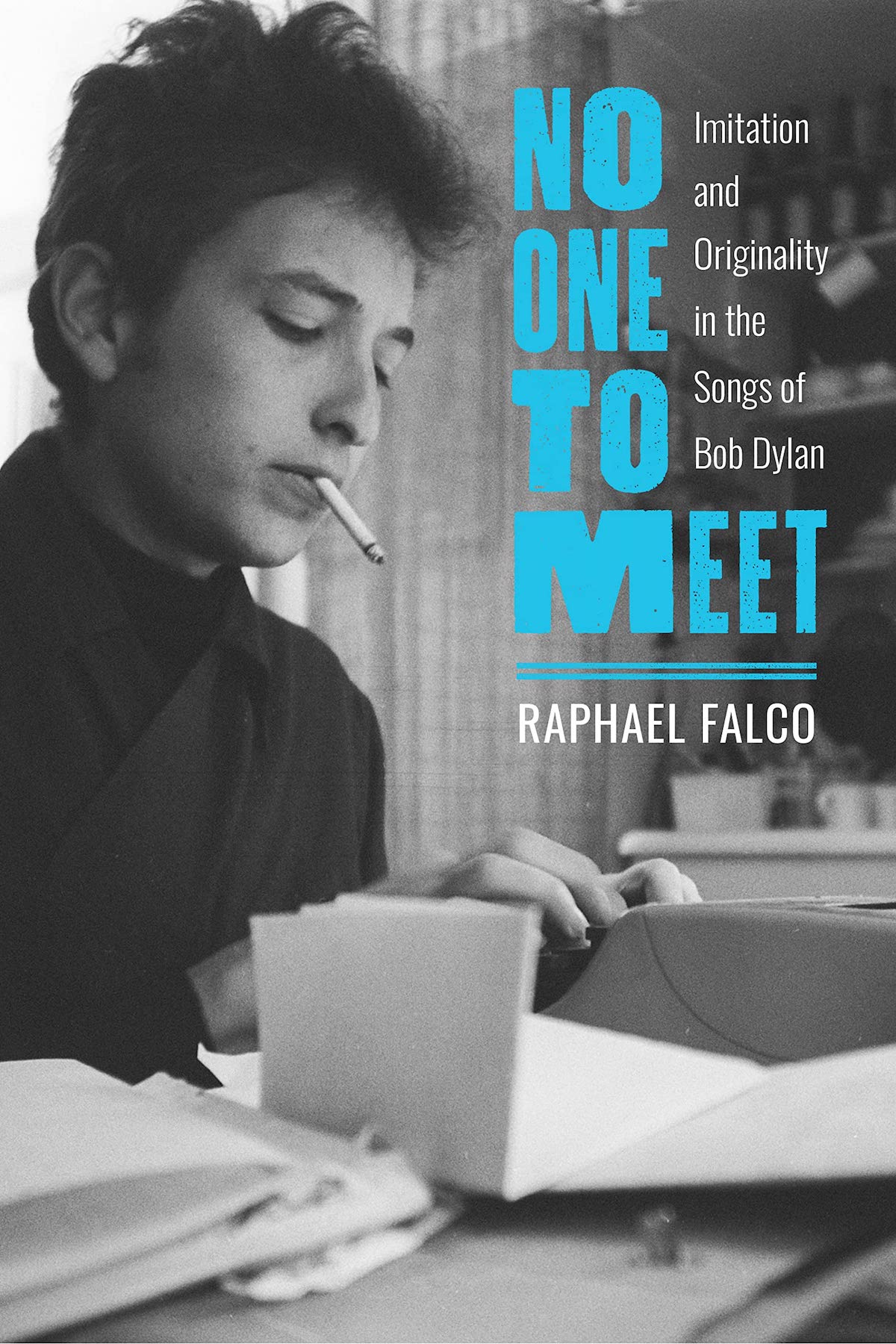 No One to Meet: Imitation and Originality in the Songs of Bob Dylan
No One to Meet: Imitation and Originality in the Songs of Bob Dylan
By Raphael Falco
THE EDITED PRESS RELEASE: “The literary establishment tends to regard Bob Dylan as an intriguing, if baffling, outsider. That changed overnight when Dylan was awarded the 2016 Nobel Prize in Literature, challenging us to think of him as an integral part of our national and international literary heritage. No One to Meet: Imitation and Originality in the Songs of Bob Dylan places Dylan the artist within a long tradition of literary production and offers an innovative way of understanding his unique, and often controversial, methods of composition. In lucid prose, Raphael Falco demonstrates the similarity between what Renaissance writers called imitatio and the way Dylan borrows, digests, and transforms traditional songs. Although Dylan’s lyrical postures might suggest a post-Romantic, “avant-garde” consciousness, No One to Meet shows that Dylan’s creative process borrows from and creatively expands the methods used by classical and Renaissance authors. Drawing on numerous examples, including Dylan’s previously unseen manuscript excerpts and archival materials, Falco illuminates how the ancient process of poetic imitation, handed down from Greco-Roman antiquity, allows us to make sense of Dylan’s musical and lyrical technique. By placing Dylan firmly in the context of an age-old poetic practice, No One to Meet deepens our appreciation of Dylan’s songs and allows us to celebrate him as what he truly is: a great writer.”
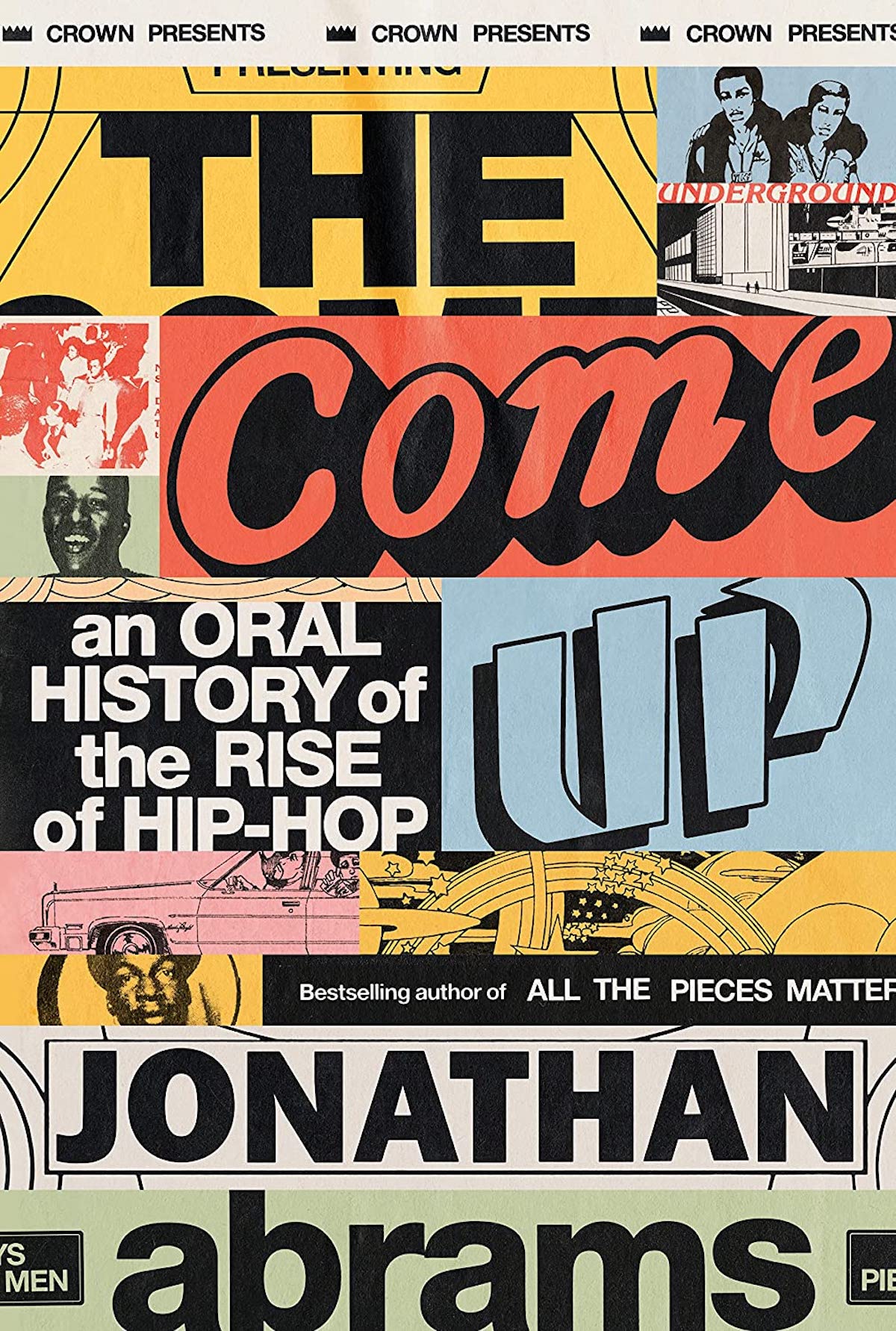 The Come Up: An Oral History of the Rise of Hip-Hop
The Come Up: An Oral History of the Rise of Hip-Hop
By Jonathan Abrams
THE EDITED PRESS RELEASE: “The music that would come to be known as hip-hop was born at a party in the Bronx in the summer of 1973. Now, 50 years later, it’s the most popular music genre in America. Just as jazz did in the first half of the 20th century, hip-hop and its groundbreaking DJs and artists — nearly all people of color from some of America’s most overlooked communities — pushed the boundaries of music to new frontiers, while transfixing the country’s youth and reshaping fashion, art, and even language. In The Come Up, bestselling author Jonathan Abrams offers the most comprehensive account so far of hip-hop’s rise, a multi-decade chronicle told in the voices of the people who made it happen. In more than 300 interviews conducted over three years, Abrams has captured the stories of the DJs, executives, producers, and artists who both witnessed and themselves forged the history of hip-hop. Masterfully combining these voices into a seamless symphonic narrative, Abrams traces how the genre grew out of the resourcefulness of a neglected population in the South Bronx, and from there how it flowed into New York City’s other boroughs, and beyond — from electrifying live gatherings, then on to radio and vinyl, below to the Mason-Dixon Line, west to Los Angeles through gangster rap and G-funk, and then across generations. Abrams has Grandmaster Caz detailing hip-hop’s infancy, Edward “Duke Bootee” Fletcher describing the origins of The Message, DMC narrating his role in introducing hip-hop to the mainstream, Ice Cube recounting N.W.A’s breakthrough and breakup, Kool Moe Dee recalling his Grammys boycott, and countless more key players. Throughout, Abrams conveys with singular vividness the drive, the stakes, and the relentless creativity that ignited one of the greatest revolutions in modern music. The Come Up is an exhilarating behind-the-scenes account of how hip-hop came to rule the world — and an essential contribution to music history.”
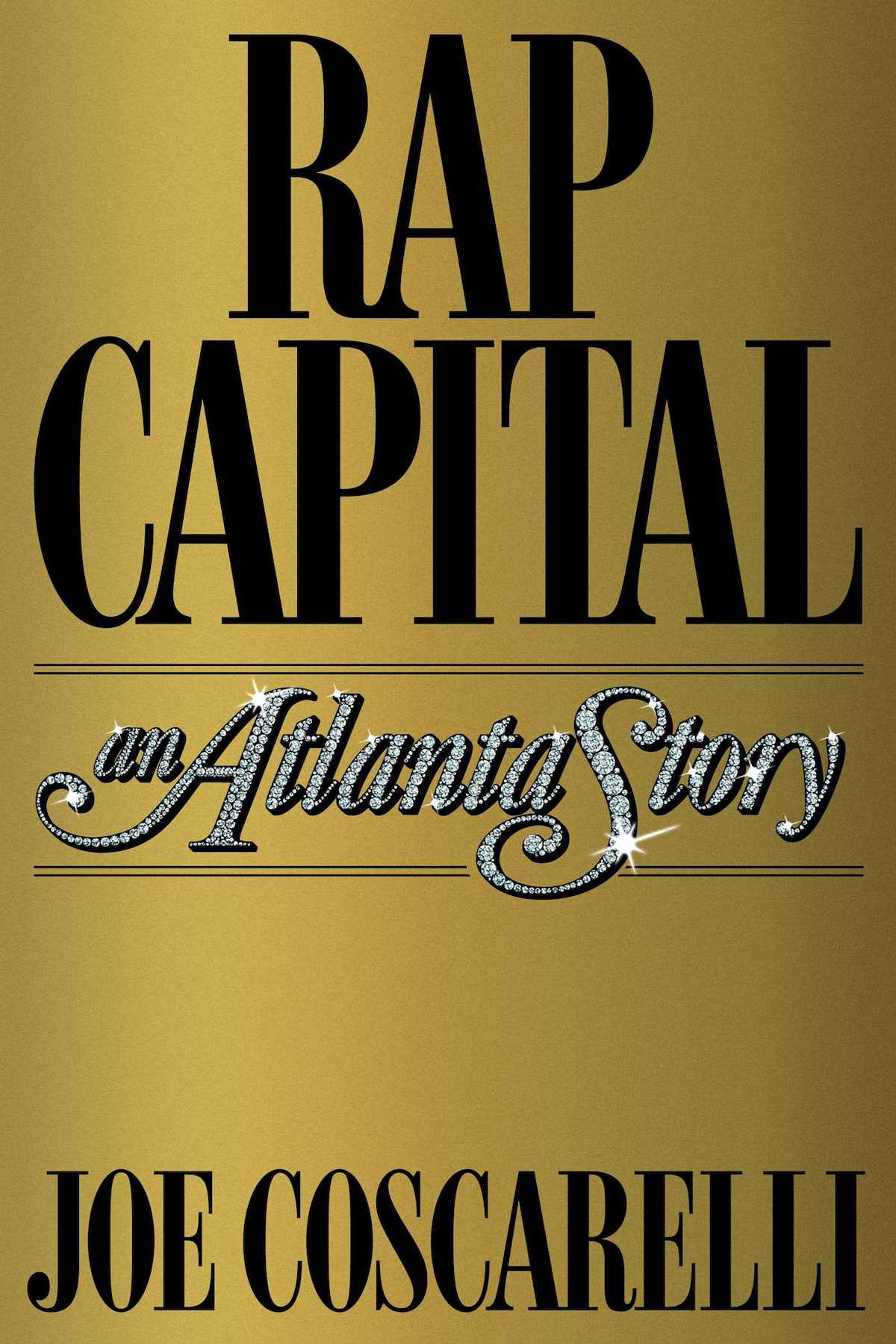 Rap Capital: An Atlanta Story
Rap Capital: An Atlanta Story
By Joe Coscarelli
THE EDITED PRESS RELEASE: “From mansions to trap houses, office buildings to strip clubs, Atlanta is defined by its rap music. In artistic, commercial, and human terms, Atlanta rap represents its most consequential musical ecosystem of this century so far. Rap Capital tells the dramatic stories of the people who make it tick, and the city that made them that way. The lives of the artists driving the culture, from megastars like Lil Baby and Migos to lesser-known local strivers like Lil Reek and Marlo, represent the modern American dream but also an American nightmare, as young Black men and women wrestle generational curses, crippled school systems, incarceration, and racism on the way to an improbable destination atop art and commerce. Across Atlanta, rap dreams power countless overlapping economies, but they’re also a gamble, one that could make a poor man rich or a poor man poorer, land someone in jail or keep them out of it. Drawing on years of reporting, more than 100 interviews, dozens of hours in recording studios and on immersive ride-alongs, acclaimed New York Times reporter Joe Coscarelli weaves a cinematic tapestry of this singular American culture as it took over in the last decade, from the big names to the lesser-seen prospects, managers, grunt-workers, mothers, DJs, lawyers and dealers that are equally important to the industry. The result is a deeply human, era-defining book. Entertaining and profound, Rap Capital is an epic of art, money, race, class, and sometimes, salvation.”
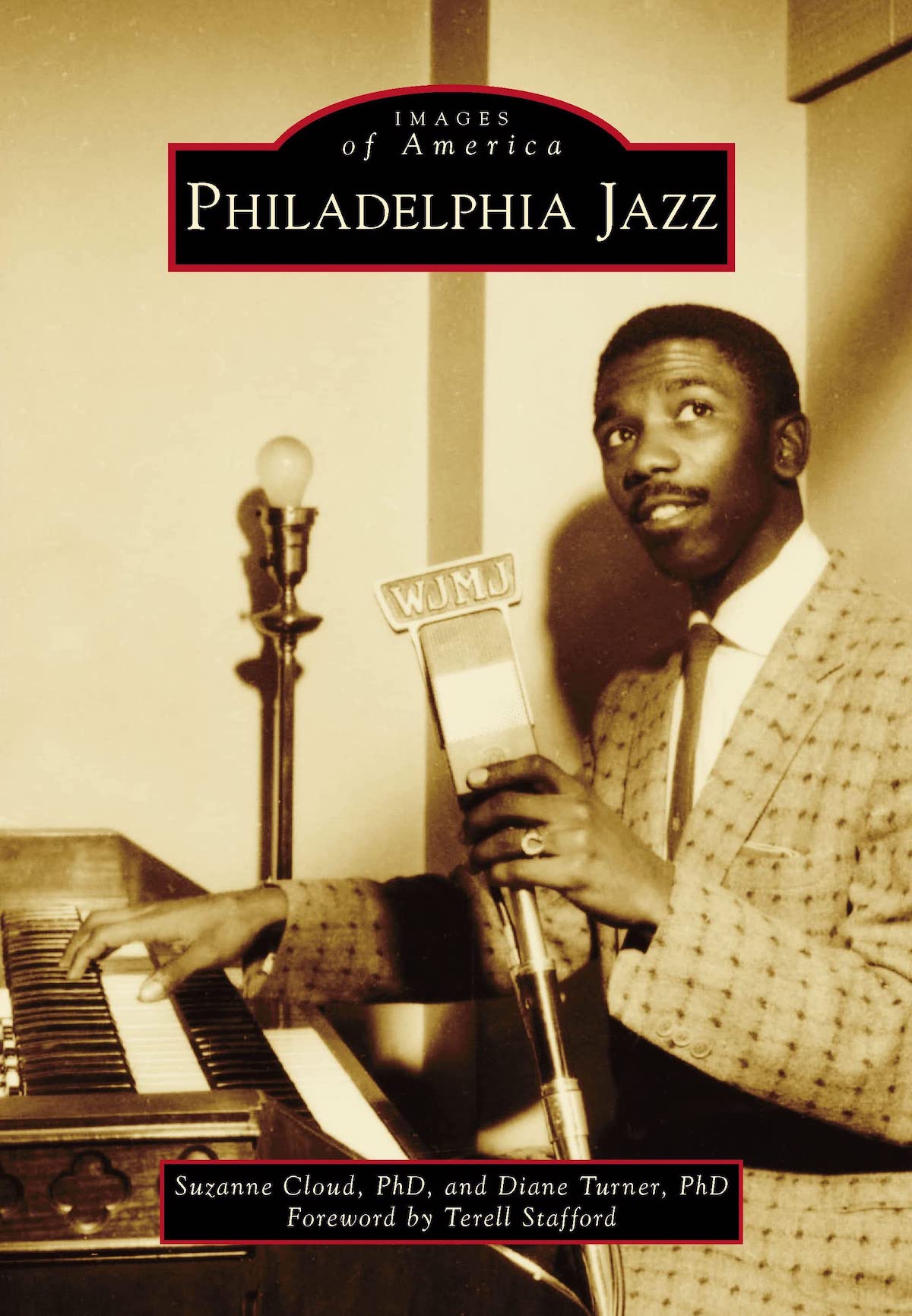 Philadelphia Jazz
Philadelphia Jazz
By Suzanne Cloud & Diane Turner
THE EDITED PRESS RELEASE: “Many scholars have traced improvised music in Philadelphia back through ragtime to the prominent Black orchestras that played quadrilles and marches for high-society dances in the 19th century, with one of the most famous led by Philadelphian Francis Frank Johnson. The Black migrations from the South to the North after World War I carried performers and their music to Chicago; New York City; Washington, D.C.; and Philadelphia. Musicians like Dizzy Gillespie and John Coltrane came from the Carolinas and started careers in Philadelphia, while homegrown talent from the city’s multiethnic neighborhoods — including violinist Joe Venuti, saxophonists Jimmy Heath and Charlie Ventura, organists Shirley Scott and Trudy Pitts, and pianist McCoy Tyner — made the world take notice of the musical gifts that contributed to the celebrated Philly sound. Philadelphia Jazz celebrates the immense contributions that the city’s jazz community has made to America’s true classical music.”
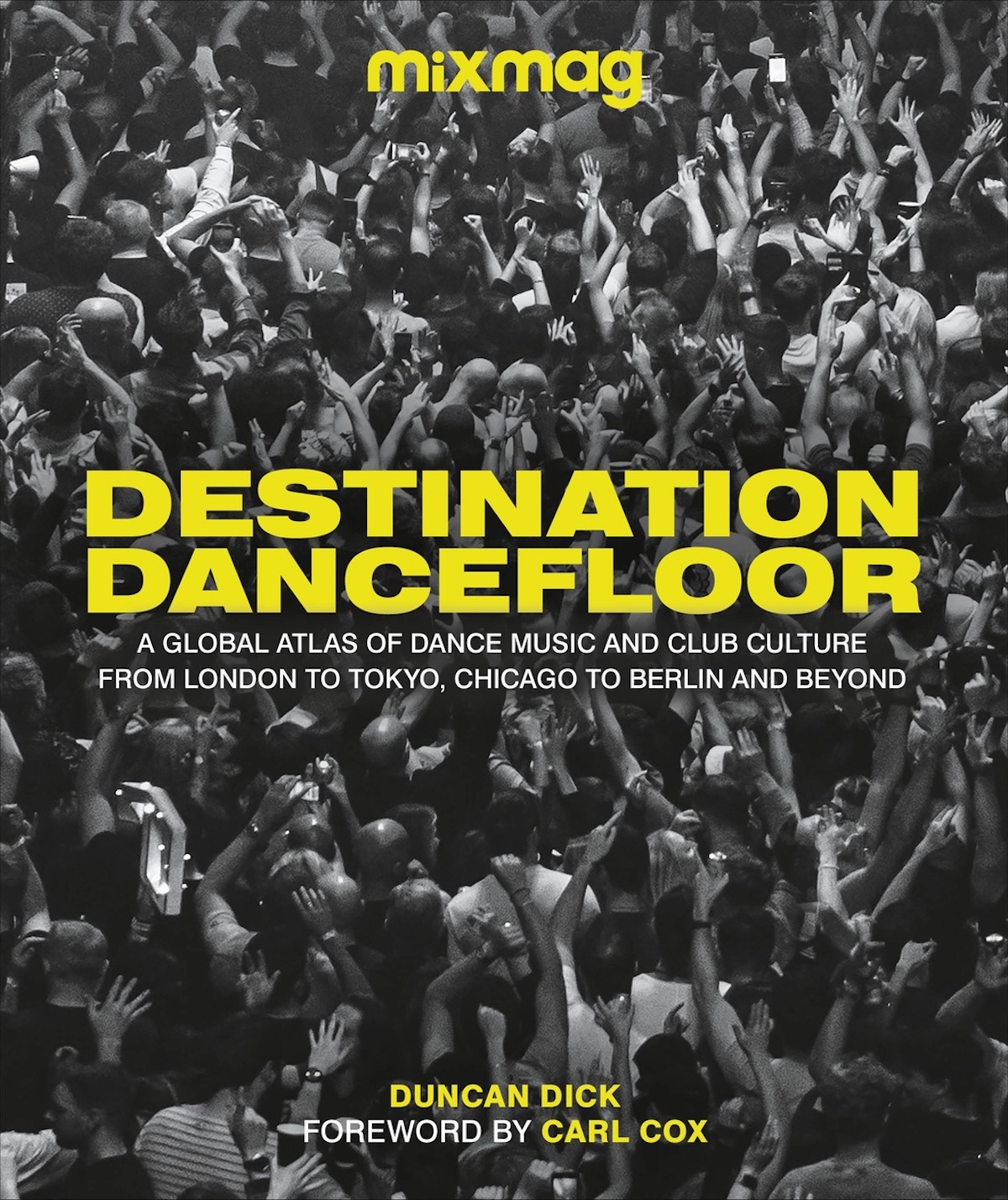 Destination Dancefloor: A Global Atlas of Dance Music and Club Culture From London to Tokyo, Chicago to Berlin and Beyond
Destination Dancefloor: A Global Atlas of Dance Music and Club Culture From London to Tokyo, Chicago to Berlin and Beyond
By Duncan Dick
THE EDITED PRESS RELEASE: “Featuring incredible photography, insider recommendations, and some of the biggest names in dance music, Destination Dancefloor reveals how DJ culture swept the globe and 40 cities where you can immerse yourself in the best electronic music culture has to offer. Whether you want to know more about the start of house music in Chicago, the club that started Berlin on the road to becoming the global epicenter of club culture, the French Touch scene in Paris that influenced the early years of Daft Punk, why Ibiza became the world’s summer party destination of choice, or are looking for new destinations to add to your own clubbing bucket list, this unique book leans on Mixmag’s position and expertise as one of the foremost names in club culture to present an overview of global dance music, making it a must-read for all clubbers, past, present, and future. See you on the dancefloor.”















